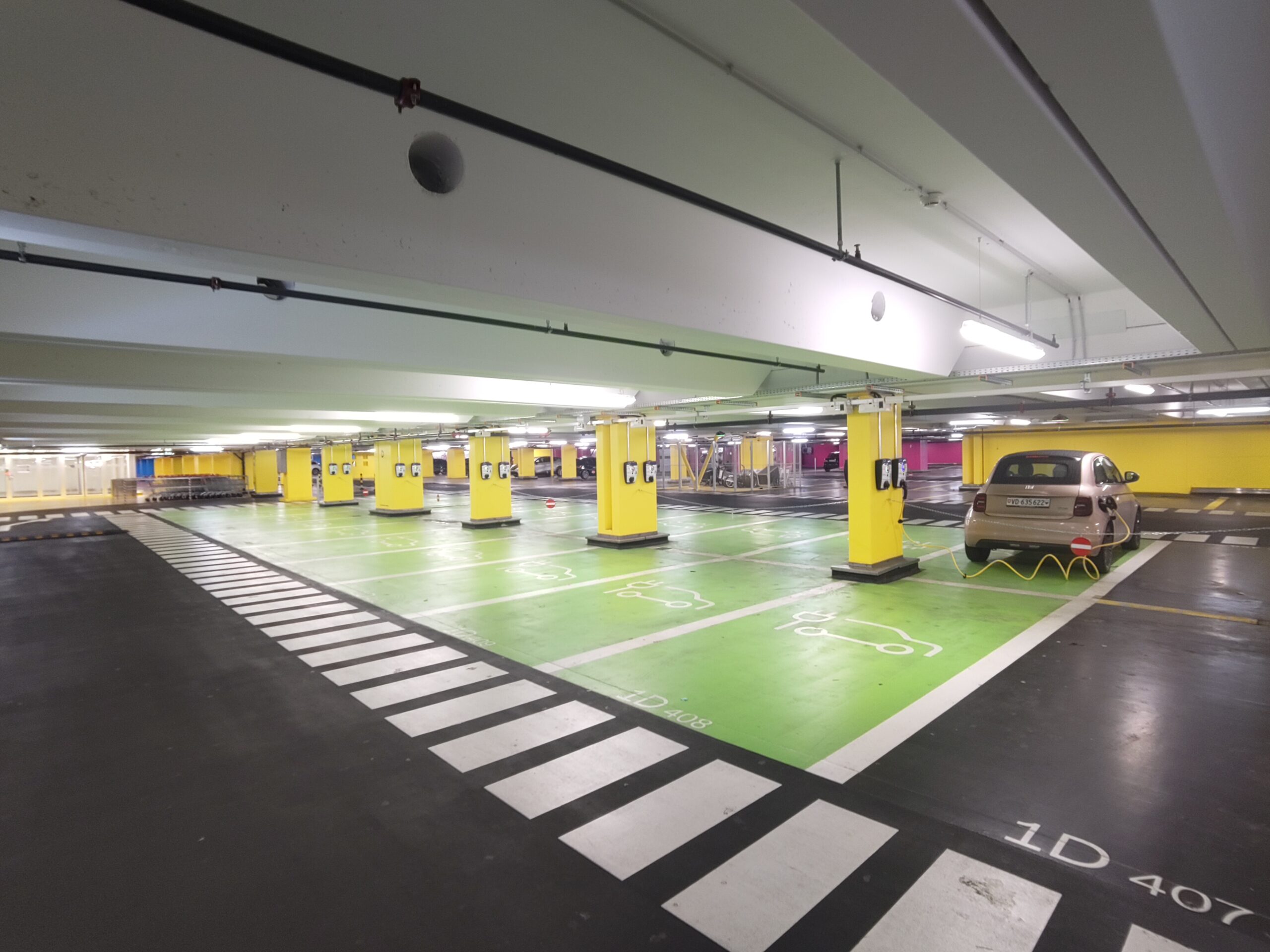Table of Contents
Recently I was thinking about how some people want to offload their work to AI and it got me to think about how people already offloaded getting around to cars. When is the last time that you saw a group of people walk from Nyon to St Cergue via La Dôle, rather than take the train most of the way, and walk a short loop at the top?
If we think about it, years ago we offloaded walking between villages and towns to horses, and carriages, and cars, and trains, and boats and more. We delegated the activity that kept us fit and healthy to animals and horses. The consequence of that shift. as we became more and more dependant on cars, and buses, and trains, is that the energy we burned doing sports, went towards enhancing our girth and mass.
To make this personal, for me, I noticed that by cycling with three to five different groups this summer I lost up to four kilos or more, and that as soon as Autumn arrived, and I did less, so my mass increased again. If this happens, on an individual scale, so noticeably, imagine on a national and international scale.
Mobilité Douce
More than once I have written about how, for me, mobilité douce is about walking 10-20 kilometres per day, and riding from 40-150 kilometres on the bike. For normal people it’s walking two kilometres, to get to the shops and back rather than using the car. For others doing a small effort is already huge progress.
The Transition to AI
If we look at the car, and other forms of transport, and shift it towards AI, reading, and work, then we see that people want to use AI in the same way as they use the car. They want it to get them from A to B. They want it to slog up the hill, so that they can walk at the top for half a day, and then slog off home.
People require the car to commute, and eventually they will delegate speed reading to AI. Look at the Radio Télévision Suisse website. “summarise the article for me”. Apple offers this for e-mails, and text messages. Infomaniak offers this for the writing of e-mails. Linkedin offers this for checking suitability for certain jobs, as well as tailoring the CV to specific jobs.
The point is that in the same way that cars, trains, and even the bicycle, replaced our need to walk, so AI is also going to replace what was once an integral part of our daily workflow.
And Finally
As AI becomes more integral to everyday life we should be mindful not to let it replace core skills, like speed reading, thinking, writing and more. AI should be an instrument that we become familiar with. It should contribute to who we are and what we do. It should not take over. The mistake that we made, with car culture, should not be repeated with AI.

Leave a Reply